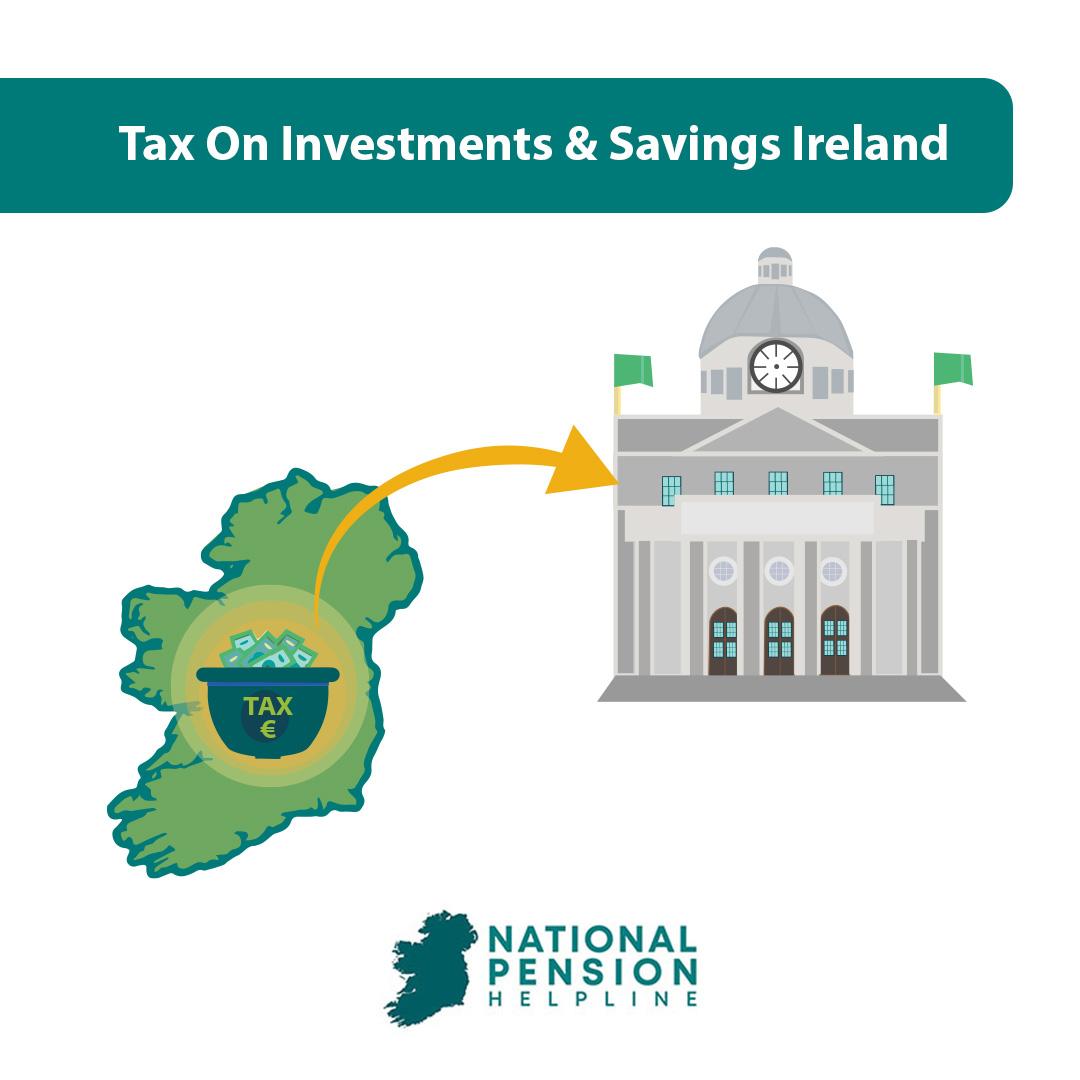
Benjamin Franklin once said that “in this world nothing can be said to be certain, except death and taxes”. Indeed, Irish tax residents are all too familiar with the Exchequer taking a sizable share from their hard-earned income and gains.
The most common form of taxation that the average Irish tax resident comes across is through the operation of the pay-as-you-earn (PAYE) system which deducts income tax, universal social charge (USC) and pay-related social insurance (PRSI) from their salaries at source.
However, for those looking to make their money work for them through investments and savings, it’s important to be aware that income and gains arising from these activities will, in most cases, attract a tax liability.
This liability will need to be settled and Revenue will need to be paid. Therefore, it’s crucially important that one understands the taxation implications of their investment and savings activities, not only to stay compliant with Irish tax law, but also to be as tax-efficient as possible when it comes to making these decisions.
In this article, we’re going to discuss the 5 most common taxes that you’re likely to come across when making investment and savings decisions in Ireland.
Table of Content

1. Capital Gains Tax (CGT)
Capital Gains Tax or ‘CGT’ is a tax that arises whenever you sell an asset (i.e. a company stock, investment property or cryptocurrency) and make a ‘gain’ or a ‘profit’ on the sale.
CGT is charged on the gain made from the sale, not the total sales proceeds.
In other words, CGT is charged on the difference between the price you sold the asset for and the price you paid for the asset originally.
Taking a simple example, if you invest €10,000 in a company stock and 5 years later you sell that stock for €30,000, you’ll have a capital gain of €20,000. That €20,000 is what’s liable to CGT.
In Ireland, CGT is charged at a rate of 33%. Comparatively speaking this is a high rate of tax.
In the UK for example, higher rate taxpayers pay CGT at a rate of 20% on gains made from the sale of chargeable assets or at a rate of 24% if the gains are coming from the sale of residential property. Conversely, in the US, CGT is most commonly charged at a rate of 15%, but it can reach 20% for certain individuals. Point being, Ireland’s rate of CGT is, comparatively, much higher than the rates charged in other tax jurisdictions. Meaning, Irish investors, when compared to the likes of UK and US investors, are at a disadvantage.
There are specific rules concerning when and how you pay CGT and file your return. If you sell your asset between 1 January and 30 November and realise a chargeable gain that’s liable to CGT, then you must pay CGT by 15 December of the same year as the sale. If you sell your asset between 1 December and 31 December and realise a chargeable gain that’s liable to CGT, then you must pay CGT by 31 January of the next year following the year of sale.
Separately, you must file a CGT tax return. That return must be filed by 31 October in the year after the year of sale. So, for example, if you realise a capital gain on July 20th 2024, then you must pay CGT by 15 December 2024 and you must file a CGT return by 31 October 2025.
Did you know?
In 2023, Revenue collected €1.56bn worth of Capital Gains Tax receipts, which was down slightly from the €1.78bn collected in 2022.
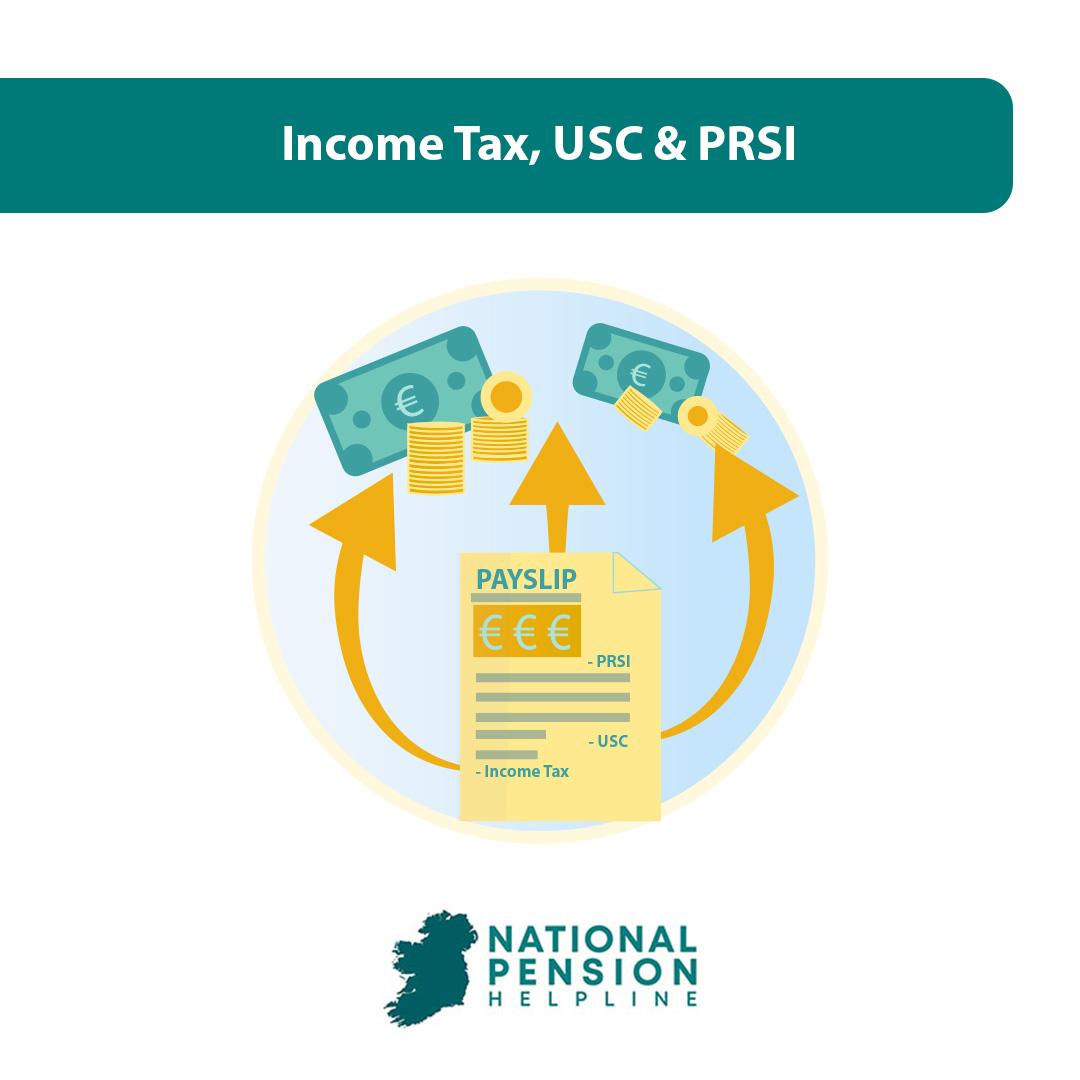
2. Income Tax, USC & PRSI
Most Irish tax residents are used to Income Tax, USC and PRSI in the context of their monthly paycheck.
However, these taxes are also applicable in the world of investments, specifically on investment income such as dividends from investments in company stocks or rental income received from tenants living in an investment property. The rate of income tax and USC levied on investment income depends on the total income of the recipient.
For example, as per the income tax rates and tax bands for 2024, single individuals earning more than €42,000 will be liable to income tax on any excess above that amount at the higher rate of 40%, with the lower rate of 20% being charged up to €42,000.
Similarly, as per the USC standard rates and thresholds for 2024, individuals earning more than €70,044 will be liable to USC on any excess above that amount at the higher rate of 8%, with the lower rates of 0.5%, 2% and 4% being charged at different intervals up to €70,044.
The rate of PRSI levied on unearned investment income for both employees and self-employed individuals is 4% (4.1% from 01/10/2024). Therefore, an investor, already earning in excess of €70,044 from their salary and/or other sources, could find themselves paying income tax, USC and PRSI on their unearned investment income cumulatively equal to a taxation rate of 52%.
In certain cases, due to the operation of a special USC tax rate of 11% for individuals with non-PAYE income exceeding €100,000 in a given tax year, the cumulative tax rate on unearned investment income in Ireland can reach as high as 55%!
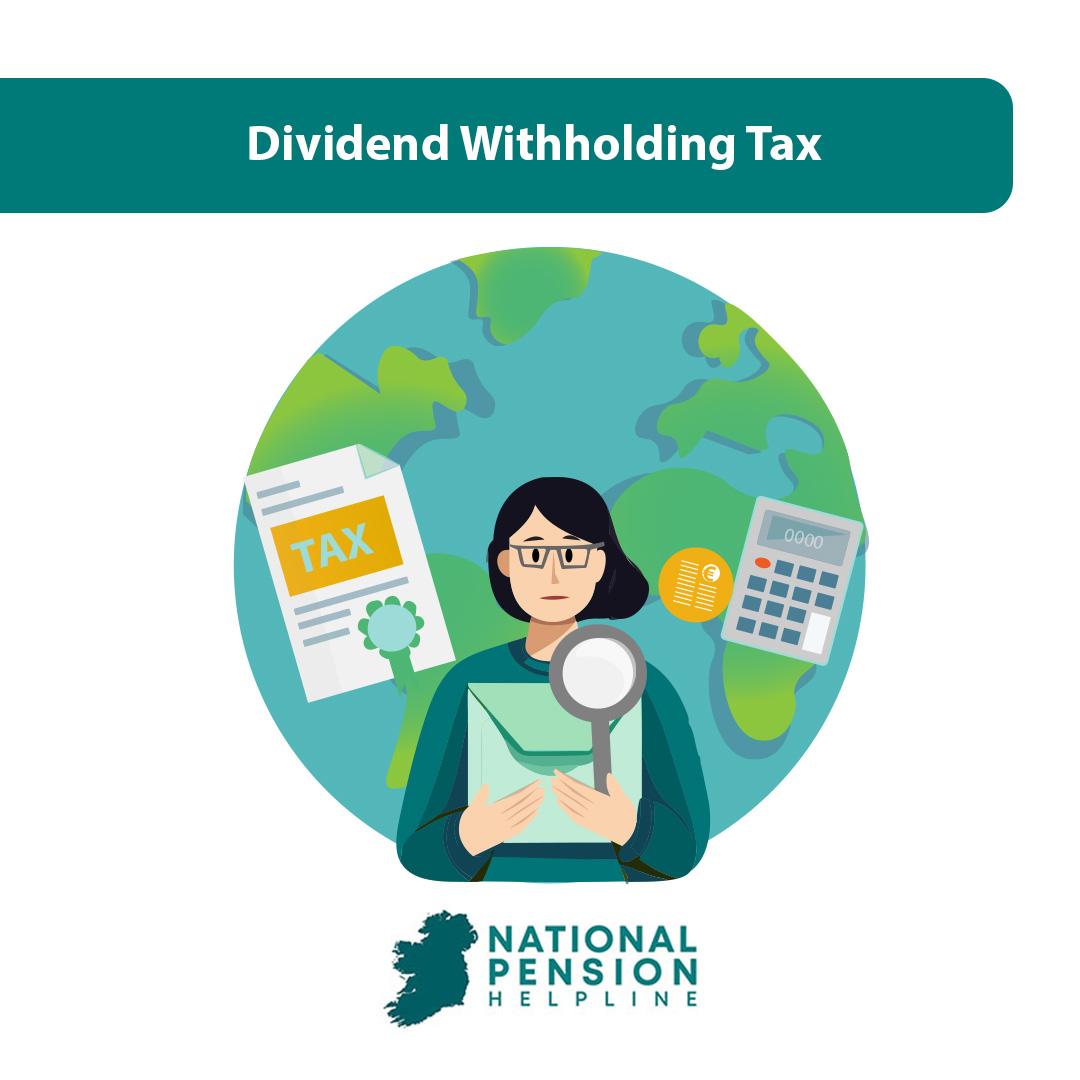
3. Withholding Taxes (WHT)
Withholding taxes are oftentimes forgotten about by Irish investors because they don’t typically result in any ‘liability’ per se on the investor. Rather, as the name suggests, the amount of tax due is “withheld” at source i.e. taken before the payment is made to the investor.
Therefore, withholding taxes are generally seen to be an expense that’s incurred immediately by the investor rather than a liability that needs to be settled by the investor after the fact like CGT or Income Tax, USC and PRSI.
Withholding taxes are most commonly encountered by Irish investors who invest in dividend-paying companies.
For example, in the US, dividend withholding tax is operated at source at a rate of 30% on dividends paid by US corporations to foreign persons in a non-treaty country. However, Ireland is one such country that has a double taxation treaty with the United States.
Therefore, it’s possible for Irish investors to avail of a reduced rate of US dividend withholding tax equal to 15%. In order to do this, the investor’s brokerage of choice, say, DEGIRO or Trading 212, will require the investor to complete what’s known as a W-8BEN. Once this form is complete, the Irish investor will only incur US dividend withholding tax equal to 15% of the gross dividend paid by the US corporation.
For example, say an Irish investor is due a dividend equal to $1,000 from Intel. Say the investor holds his/her Intel stock on DEGIRO.
Under “upcoming payments” within the portfolio section of the DEGIRO application, the investor will clearly see a gross dividend of $1,000 and, directly underneath, a corresponding outgoing payment of $150 (i.e. $1,000*15%). In reality, the investor will receive the net amount of $850 into their account.
The rate of withholding tax that the investor incurs will depend on the tax law of the country in which the paying company is based. For example, Irish companies paying dividends are required, under Irish tax law, to levy dividend withholding tax at a rate of 25% for the year in which the dividend is paid.
Did you know?
Irish taxes are levied on the gross dividend paid to the investor, even though the investor only receives the net dividend after withholding tax. In many cases, Irish investors will be entitled to receive a tax credit against their Irish tax liability with the tax credit received being equal to the withholding tax suffered.
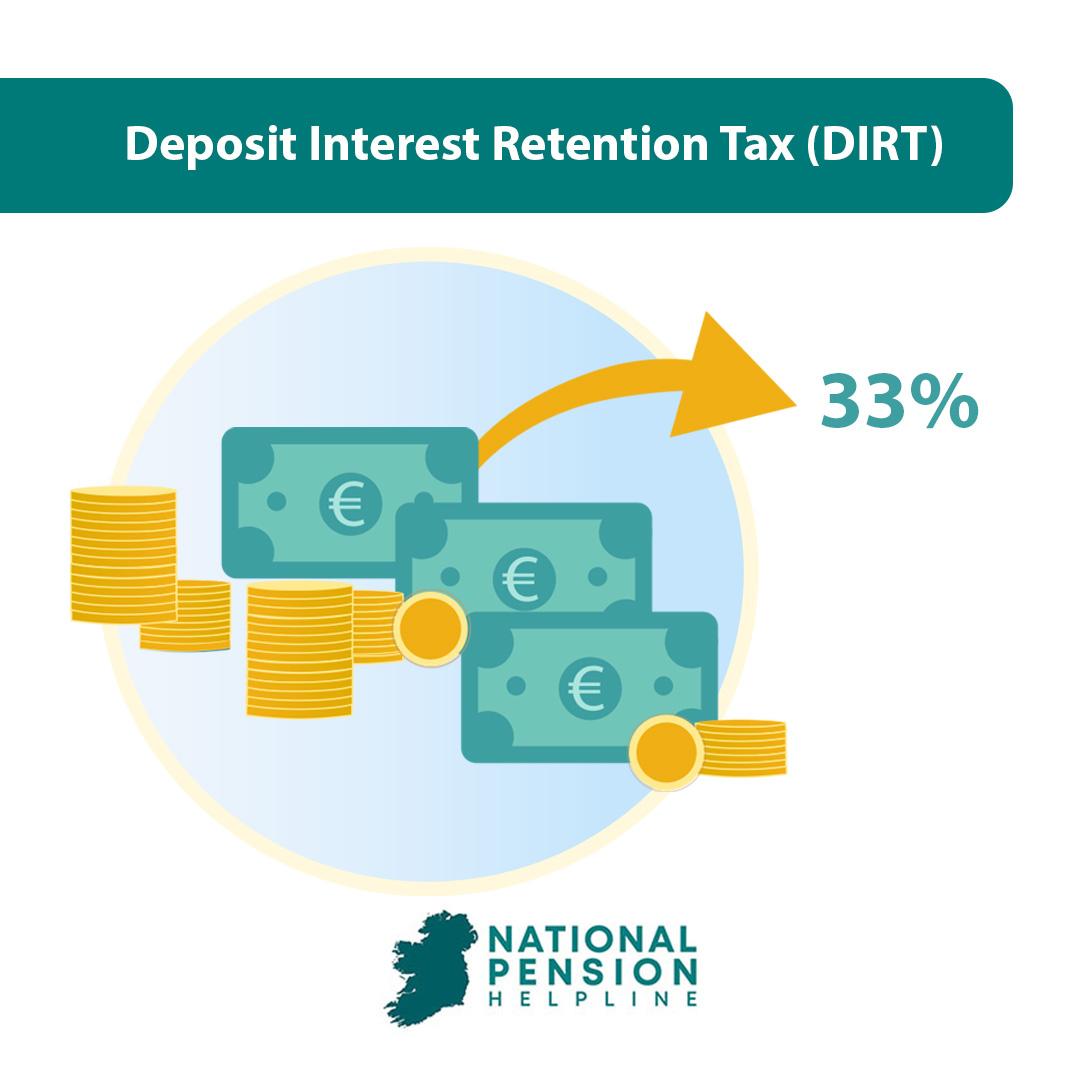
4. Deposit Interest Retention Tax (DIRT)
Deposit Interest Retention Tax (DIRT) is a tax that many households in Ireland are familiar with. Reason being, this is the tax that’s levied on the interest earned on all bank deposit accounts held by Irish tax resident individuals.
In Ireland, DIRT is equal to 33% of the gross interest earned from bank deposits. In the case of Irish banks like AIB, Bank of Ireland and PTSB, DIRT is a final liability tax, meaning the Irish banks deduct the tax before they pay you the interest.
In many respects, this is quite convenient for Irish taxpayers, because it means there is no obligation to make a payment of tax in respect of the interest earned on Irish bank deposits.
However, due to the growing popularity of alternative, non-Irish deposit accounts such as those offered by Trade Republic, Irish depositors are finding themselves in a position where they have an obligation to make a payment of tax in respect of the interest earned on non-Irish deposits.
Reason being, non-Irish financial institutions are not required to deduct Irish DIRT at source before paying over the deposit interest earned and, as such, the obligation falls on the Irish taxpayer to declare the interest earned on his/her tax return and to pay the tax due. Irish taxpayers who fail to make a timely return of DIRT will be liable to tax at a higher rate of 40%.
Foreign deposit interest can be declared on MyAccount for PAYE taxpayers or via ROS for those who are registered for self-assessment.
Did you know?
If you’re a first-time buyer in Ireland, you can claim a refund of DIRT under the Help to Buy (HTB) scheme.
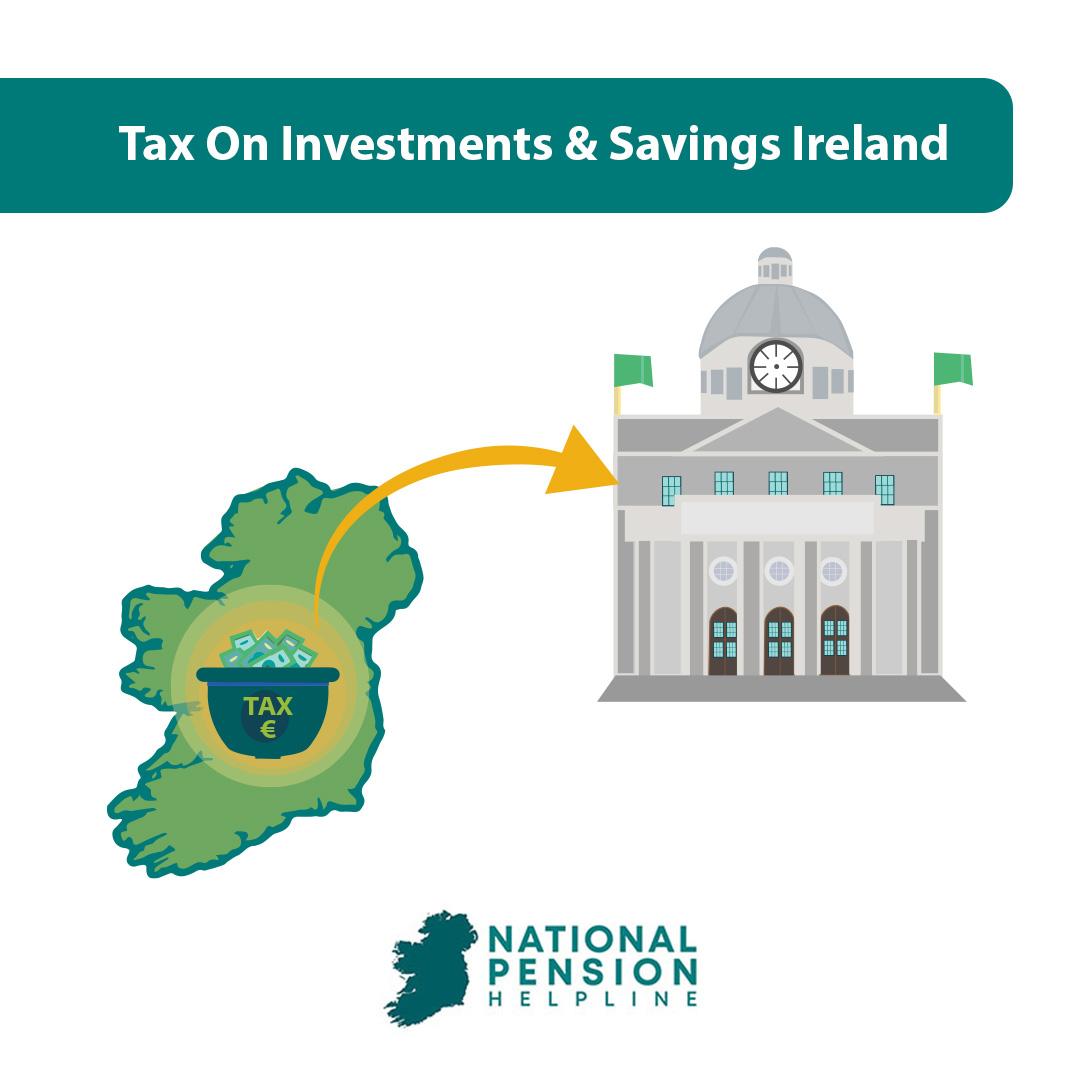
5. Investment Fund Tax
The taxation of investment funds in Ireland, specifically the taxation of exchange-traded funds (ETFs), has come under public scrutiny as of late and, as of writing this article, is currently the subject of a review under Minister for Finance Michael McGrath.
While the tax regime applicable to investment funds in Ireland is much more far reaching than just ETFs, for the average Irish investor, ETFs are rapidly becoming the most common investment product owned and, as such, are the focus of this section.
Irish tax residents are liable to tax at a rate of 41% on gains made from the sale of ETF investments. Likewise, Irish tax residents are liable to tax at a rate of 41% on income earned via ETF distributions.
For example, if you invested in an Irish domiciled S&P 500 ETF, any dividends you received from the ETF would be taxed at 41% and any gains you make upon the eventual sale of the ETF would also be taxed at 41%.
From a capital gains perspective
ETF taxation is unfavourable for Irish investors, given that the rate of capital gains tax applicable to most investments, including company stocks, is 33%. So, for every €100 gain in an ETF, €41 is paid to Revenue in tax whereas for every €100 gain in a company stock, €33 is paid to Revenue in tax. In other words, you’re paying 24% more tax on ETF gains as compared to gains made on company stocks.
From an income perspective
ETF taxation is actually favourable for Irish investors, specifically those investors who are also higher rate taxpayers. That’s because dividends received from owning a company stock would be liable to marginal rate income tax, USC and PRSI.
Given how early taxpayers enter the higher tax brackets in Ireland, for most investors, tax will be paid on any dividends received at a rate of either 48.5% or 52%. However, dividends received from ETFs are liable to tax at a flat rate of 41% – USC and PRSI do not apply.
So, as a higher rate taxpayer, you could be paying between 15% and 21% less tax on dividends by investing in ETFs. However, as a standard rate taxpayer, you could be paying between 54% or 57% more tax on dividends by investing in ETFs – which creates a large inequity between higher rate and standard rate taxpayers.
The most well-known aspect of ETF taxation in Ireland is the existence of the ‘deemed disposal rule’.
In effect, on the 8th anniversary of the purchase of shares in an ETF, if the shares have not been sold and if the value of the shares exceeds the price originally paid, then the investor will be “deemed” to have sold and immediately repurchased the shares on that date – thereby giving rise to a charge to 41% tax.
This happens every 8 years. In other words, unrealized gains on ETF shares are taxed on the 8th anniversary of their purchase and every 8th anniversary thereafter. Unlike ETFs, unrealized gains on company stocks are only liable to capital gains tax when they become ‘realised’ by virtue of the investor selling his/her shares.
It’s also worthwhile noting that losses on ETFs are ‘ringfenced’. What this means is that if you lose money on an ETF investment, that loss can’t be used to reduce your taxable gains on other investments. Whereas, in the case of company stocks, losses can be used to offset realised gains on other investments.
Finally, Irish tax resident investors are required to disclose their purchases of ETF shares in their tax return. Irish investors are hopeful that many of the cumbersome tax rules associated with ETFs will be amended in an upcoming budget.
Conclusion
So those are the 5 most common taxes that you’re likely to come across when making investment and savings decisions in Ireland. Ireland’s taxation system, like all taxation systems, is dynamic i.e. is in a constant state of change.
Therefore, as an investor, one of your responsibilities is to stay up to date with your taxation obligations, not just to stay compliant with Irish tax law, but to ensure that you’re being as tax-efficient as possible with your investments. You can learn more about pensions, investments, taxation and more across the wide variety of free articles available on the National Pension Helpline website.
Be sure to subscribe to our newsletter to receive a new Irish personal finance article each month!


